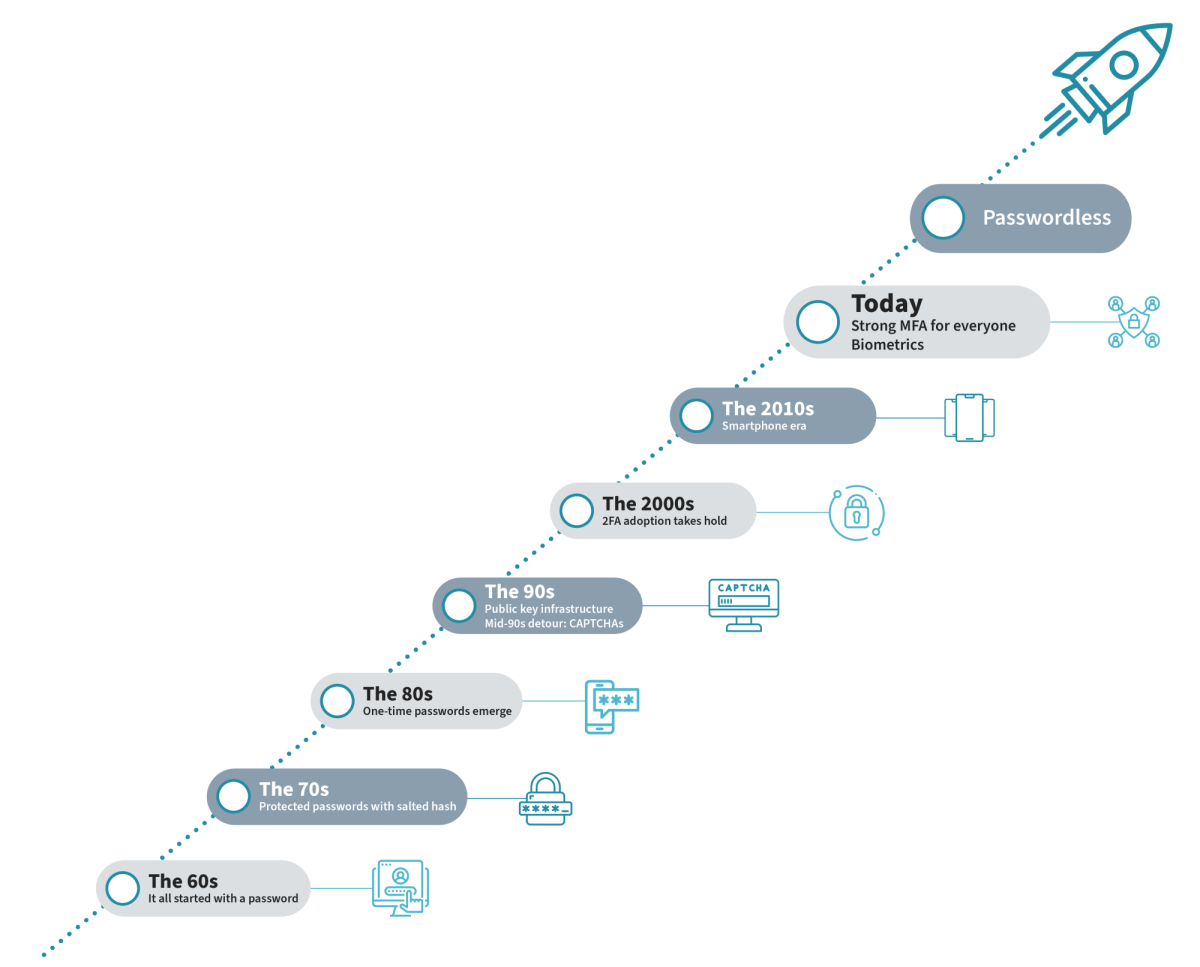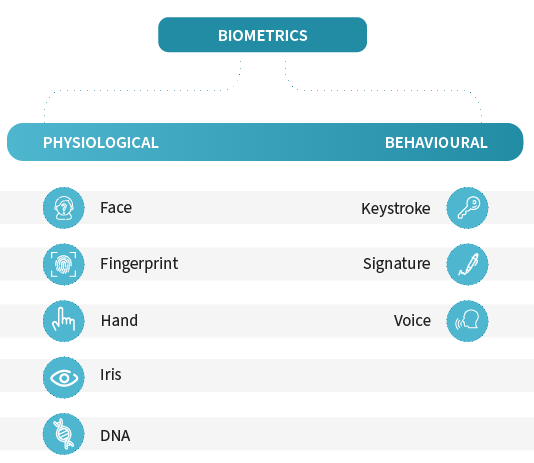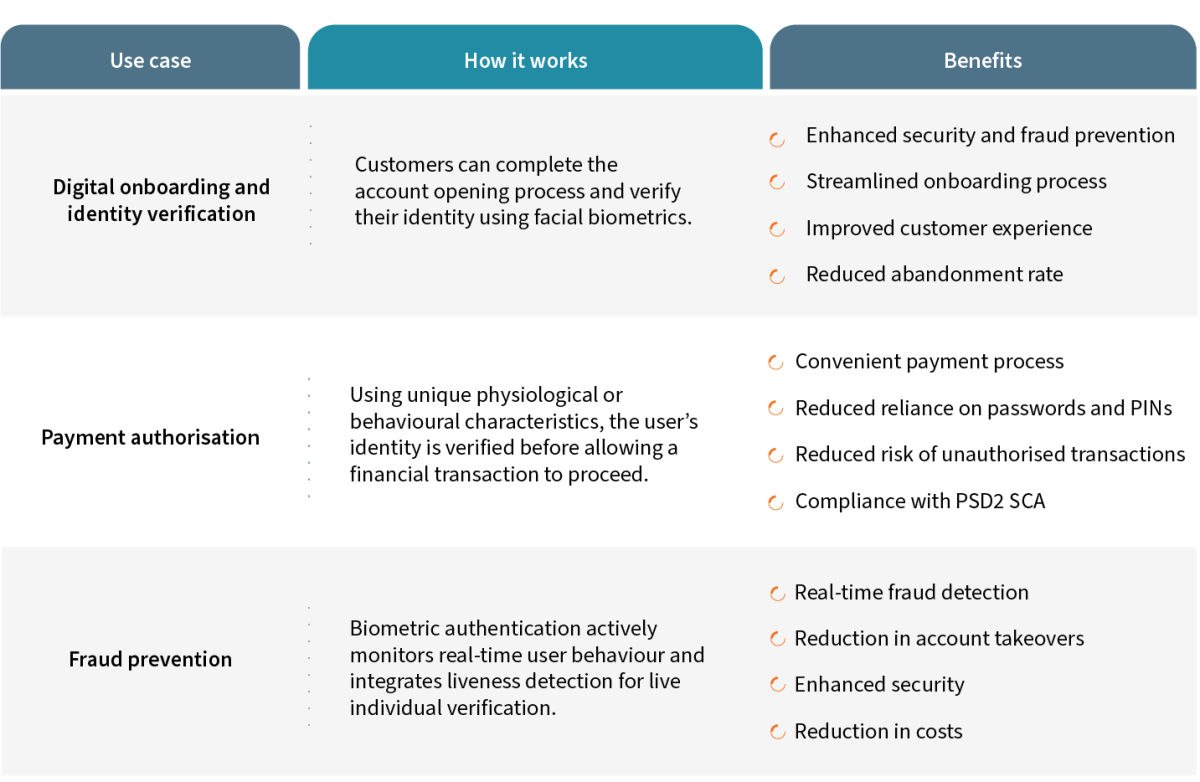In the third article of our series, we delve into the realm of biometrics, looking into its paramount importance and transformative potential within the banking industry.
Data technology is reshaping the rapidly evolving landscape of the financial industry. In this digital age, secure and convenient authentication methods assume the utmost importance. Cyber threats render traditional approaches, such as passwords and PINs, insufficient in protecting sensitive financial data. However, biometric authentication, which harnesses the unique physiological and behavioural characteristics of individuals, provides a robust and impenetrable solution for banking security.
Check out our previous article to learn more about the challenges and key regulatory considerations for banks in the cyber threat landscape.
The evolution of authentication
Authentication in the banking industry has come a long way, evolving from cumbersome password-based systems of the past to the widespread adoption of biometric authentication and passwordless solutions. Technological advancements and regulatory frameworks have facilitated the effortless integration of biometric scanners into devices, streamlining the authentication process. As privacy concerns and data protection remain paramount, however, banks must find a delicate balance between convenience and safeguarding sensitive information.

Understanding biometric authentication
Biometrics use “inherent” factors (something the user is) to authenticate a user’s identity, making them difficult to steal and spoof, unlike knowledge and possession-based authentication methods (something the user knows and has). It’s often challenging when a malicious actor uses a stolen password or mobile device, but with biometrics and liveness detection, fraudulent activities can be effectively identified and prevent unauthorized access.
Biometrics can be broadly classified into two main types: physiological and behavioural. The former delves into the analysis of physical characteristics (e.g., fingerprints, facial features, and iris scans), while the latter focuses on patterns in human activity (e.g., keystrokes, signature recognition, and gait analysis).

Applications of biometric authentication in banking
Biometric authentication has numerous impactful use cases in banking. Here, we explore the various ways biometrics can be effectively employed in banks:

Why biometrics are key to the future of banking
- The key to creating a wider safety net
When combined, physical and behavioural biometrics enhance fraud detection by analysing unique individual traits. Yet, some emerging biometric solutions are susceptible to circumvention. New biometric tools counteract fraud by verifying whether the user is human, scrutinising visual artifacts, detecting manipulated recordings or “deep fakes”, and monitoring unusual behaviour, driving demand for liveness detection.
Our recommendation: Invest in solutions that have liveness detection capabilities to distinguish real users from synthetic or malicious actors who are using stolen or AI-generated content, including deep fakes.
- An important component of a zero-trust model
Biometrics play a vital role in the zero-trust security model, demanding hard-to-replicate data like fingerprints at every access point for continuous user and device monitoring, instead of relying solely on network perimeters. With the rise of digital currencies like central bank digital currencies and digital wallets, biometric systems gain importance. The European Union, for instance, intends to explore biometrics for verifying users of the EU Digital Identity Wallet, extending security for medical data sharing, online exams, and age-restricted purchases.
- Create a seamless customer experience
Banks have a strong incentive to invest in biometrics: consumers prefer it. Physical biometrics enhance the customer experience, reducing abandonment rates in account opening and digital transactions. About 68% of European consumers abandoned financial applications due to time-consuming or complex identity checks, as per Signicat.[2]
Mastercard reports that 93% of consumers favour biometrics over passwords or PINs.[3]
Biometrics promote financial inclusion by enabling safe and secure digital transactions for those without formal identity documents.
The banking sector holds tremendous potential for biometrics integration, promising a bright future. As technology continues to advance, improving the precision and reliability of biometric systems, banks have ample opportunities for growth and innovation.
Unlocking a secure banking future
Biometric authentication has revolutionised banking security by leveraging the unique physiological and behavioural characteristics of individuals. At Synpulse, we understand the transformative power of biometrics and its role in shaping the future of banking. As we navigate the digital landscape, the future of authentication holds even more exciting possibilities.
In our next article, we will delve into the realm of passwordless multi-factor authentication, exploring how this innovative approach can further enhance security while eliminating the reliance on traditional passwords.
If you’re interested to find out more about cybersecurity in banking or discuss your requirements in more detail, please feel free to contact us for an initial conversation.
[1] Corey Nachreiner, Digital authentication: The past, present and uncertain future of the keys to online identity (GeekWire, September 2018).
[2] The Battle to Onboard 2022: The Growing Power of Consumer Demands (Signicat, March 2022).
[3] Banks will offer biometric tools to cardholders as part of the Mastercard’s continued efforts to improve secure shopping (Mastercard, January 2018).
